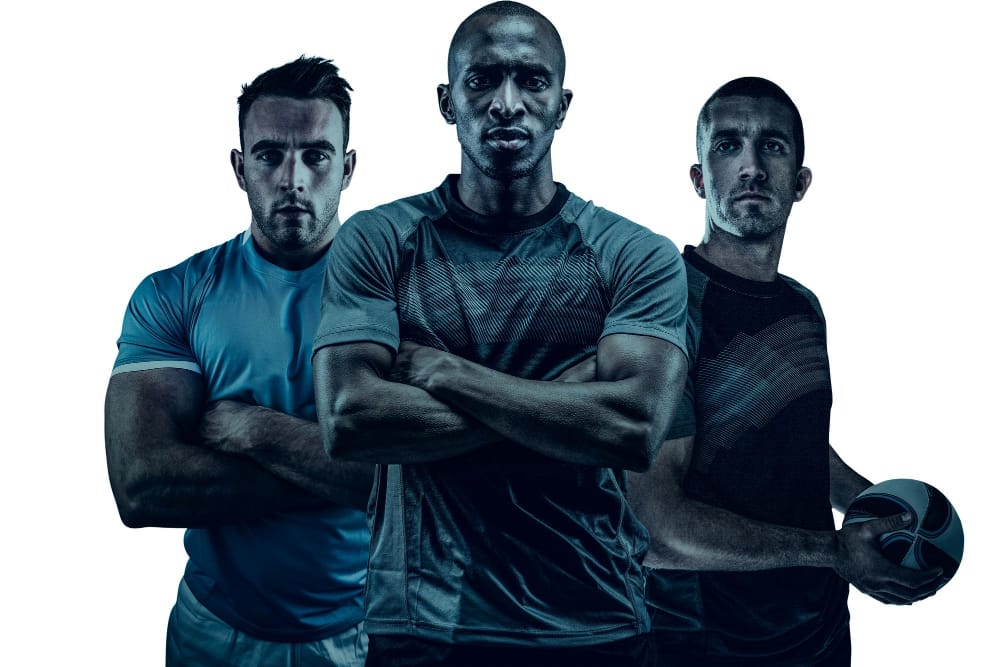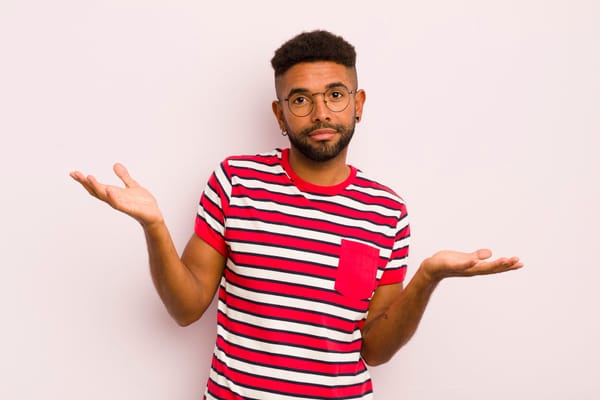Everything You Need to Know About NIL Money and What it Means for Athletes

College athletes have been viewed as amateur players since immemorial, meaning they don't deserve any compensation. However, there's a change taking place on this matter.
The question is, should college athletes get paid? Today, college students participating in sports can receive payment depending on their Name, Image, and Likeness (NIL).
The money student-athletes make (NIL) after promoting a product by sharing or endorsing a brand is at a reasonable market price. These actions are fulfilled by using their Name, Image, or Likeness.
But what is NIL money and what does it means for athletes? In this blog post, we'll answer all these questions and everything you need to know about NIL. Lets start.
What is NIL Money?
It's the pay athletes get for advertising or participating in brand campaigns.
Before 2021, professional student-athletes were earning nothing for their name, image, or likeness while competing in the NCAA.
During the Olympics, many athletes had to decide whether to go pro and earn millions off their fame or preserve an opportunity to compete in the NCAA.
Some chose both options by forgoing a college career for brand deals or walking away from a life-changing income for a chance to participate in college sports.
However, the situation is different today. No one has to choose.
As of June 30, 2021, an interim name, image, and likeness policy was approved by the Division 1 Board of Directors. In the policy, all NCAA D1, D2, and D3 student-athletes must receive NIL payment as of July 1, 2021. But, NCAA rules don't override NIL rules in state, college, or university.
When Did NIL Come to Effect?
A blanket Supreme Court ruling in NCAA vs Alston stated that the athletic body couldn't legally limit students to any education-related payments.
Since then, the NCAA has postponed states that created NIL rules. For the states that didn't pass a law, schools made their own rules. But, the NCAA doesn't allow these two rules;
- You can't pay a player
- No quid pro quo
Compensations for players shouldn't be tied to performance, and recruits can't sign any possible NIL deal in a specific school. However, some schools and players were ahead of the process and cashed in, while others were left behind.
As a result, a wave of endorsements followed, from shoe deals, car dealer partnerships, local business deals, players signing with agents, and paid social posts.
What is a NIL Collective?
Collectives are groups established by wealthy alumni to facilitate NIL deals for athletes. Institutions or athletic departments need to operate them.
A collective company amasses finances directing them to athletes as compensation for the right to use their name, image, and likeness.
The NCAA has been against booster recruitment and is stepping up to enforce the rule but also fight any potential NIL violations. Boosters who use collectives to coax recruits by promising big NIL deals to their schools are the target.
How College Players Earn Money
NIL is the money paid to college athletes who work with brands to market their material by using their name, image, and likeness. There are two types of influencers brands love to work with to promote their products or services.
- Micro-influencers - with under 100,000 followers
- Nano-influencers - with under 10,000 followers
Micro- and nano-influencers are more authentic and affordable than known celebrity endorsements.
NIL laws gave the local college businesses a chance to advertise with local athletes. The athletes have a choice to work with both local and national brands to earn some good money.
Famous athletes earn thousands of dollars from endorsement deals, while student-athletes earn a fraction of it. However, the little extra money they get can pay for their tuition fees or savings.
How do Athletes Earn Profits?
Athletes earn profits in the different ways below but aren't limited to them.
- Involvement in ad campaigns
- Autograph signing
- Selling company ads on their social media accounts
- Paid appearances
- selling products and services
- Starting a sports camp
- Selling signed memorabilia
- Opening a business
- Delivering speeches for money
Who Benefits from NIL
NCAA laws seem like they only apply to a small number of athletes. However, that may not be false. The activities NCAA athletes earn NIL money aren't limited to a specific group but are open to anyone.
The amount of NIL money students make depends on the activities they choose to pursue.
A student can earn more signing autographs while another earns less training. Some schools can make more profit off their students' names, images, and likenesses, unlike others.
Although performance on the field may not impact the NIL potential, athletes who play a more publicized sport can raise their earnings.
Athletes who perform in a particular manner bring attention to themselves and increase their market value.
Yet, an athlete who carves a different niche, like advertising on social media or training, can have considerable NIL potential.
Regardless of what an athlete chooses to do with their name, image, or likeness, the NIL market is open to reward them. Student-athletes pay attention to the NIL rules and take advantage of them to earn profits.
Have Any Athletes Cashed in on NIL Money?
College football is the most lucrative sport with higher NIL potential. Many projected that the majority of NIL money may lean toward male athletes, but the opposite has been evident.
The first student-athletes to cash in their NIL potential were two women basketball players.
The two are twin sisters (Hanna and Haley Cavinder) who play for Fresno State's basketball team. On social media, they share millions of followers and have worked with Icone Source and Boost Mobile. The two struck a deal hours before the NCAA effected the new NIL rules.
How to Execute the NIL Potential
NIL money is a new marketplace where schools, politicians, and schools are intensely interested in paying.
Athletes are busy with academics and sports activities. Hence, they need someone trustworthy to guide them through the ever-changing field to ensure NIL money isn't an additional burden.
Icon Source is a profound tool that has aided professional athletes and their agents in networking with more brands. As a result, national and hyper-local brands can find the proper athlete to connect and work with.
Although they connect on demand and sign contracts, the athlete's interests are taken into account.
Student-athletes who work with Icon Source manage their profiles on a mobile app that's easy to navigate. The app relays all necessary data to the school software, and they don't have to worry about taxes.
All athletes on Icon Source are given a single 1099.
Most importantly, Icon Source enforces its way of operation by pushing the use of a non-editable contract by brands. The intention is to protect student-athletes from future unknown NIL problems.
Student-athletes sign up with Icon Source and pay nothing until they get value. Hence, creating a profile is risk-free, and athletes can explore their NIL potential without pressure.
Not all states have embraced the NIL laws, but as the NIL landscape expands, institutions continue to understand the rules. Most importantly, it's time for student-athletes to join in and discover their full potential.
Frequently Asked Questions (FAQs)
Do student-athletes pay taxes on NIL money?
Student-athletes have to report all NIL money to ensure appropriate tax laws apply. Those who still need to file taxes use their parent's or guardian's federal or state tax returns. Alternatively, students can also start an LLC to protect their business and pay related taxes.
What is the source of NIL money?
NIL money is the payment brands or sponsors remit to promote their products or services through student-athletes.
What are the attributes of Likeness in NIL?
The likeness is mainly the appeal of an athlete's unique physical characteristics, their manner of moving or playing a specific role.
Conclusion
There you have the inside information about NIL money and what it means to athletes. Although there might be changes in the NCAA rules in the future, the NIL guidelines are effective in protecting student interests.



